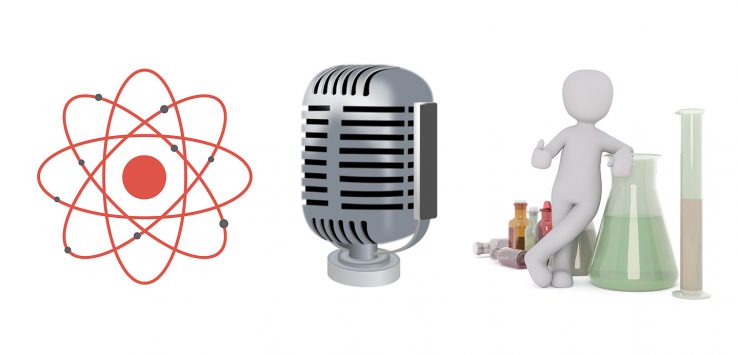This Saturday, marches in support of science will be held in hundreds of cities across the globe. The event should be an excellent opportunity to reinject science back into the public consciousness.
The American Association for the Advancement of Science (AAAS), the world’s largest general scientific society, held an event on April 19 offering advice on how to advocate for science beyond the march. Here I share some of their strategies for interacting with Congress, the media, and the public.
CONGRESS
Despite what many people think, citizens can influence Congress. In fact, a survey of those in positions of authority within Congressional offices reported that when their representative has not already arrived at a firm decision on an issue, contact from a constituent is about five times more persuasive than from a lobbyist.
Being influential, however, is about more than just being right. Congressional offices receive roughly 250 requests per day, so there are a few things you can do to stand out in an office that is essentially a triage unit.
- Ask for something concrete your representative can realistically deliver on.
- Explain why it is urgent.
- Make your pitch concise (< 10 minutes) and develop a one-page handout to leave after the meeting. Keep politics out of it!
- Be engaging! Tell a real story, preferably about someone who has one foot in your world, and one foot in your representative’s.
While your initial contacts with an office may be met with no response, be persistent. You can get that meeting!
MEDIA
Scientists are considered the most trustworthy spokespersons for science. But communicating effectively with the media requires that you do your homework and know your audience (e.g. business, technical, students).
You will want to have a well-honed, practiced elevator pitch. It should succinctly lay out the research problem, why it matters, and what the take home message is (i.e. what you can say that will lead to a longer conversation). You can always bridge back to it if you get questions you are not ready for, or if the interview otherwise is not going smoothly. Ask the reporter how they plan to frame the article. Use that as an opportunity to correct any inaccuracies.
It’s advantageous to build personal relationships with journalists. Inviting them to visit your laboratory, sending them relevant background information, connecting on social media, and just generally being cordial can help you become a trusted and go-to source.
PUBLIC
Perhaps the most important question to ask yourself when communicating science to the public is, “Why am I doing this?” Perhaps it is to increase interest in science, or to share knowledge. Maybe you want to inspire the next generation to enter the discipline, or increase trust between scientists and the public.
Once you are clear about your purpose, abide by these tenets:
- Don’t “dumb down” your science or treat your audience like idiots. Disdain is an ineffective communication technique.
- Ditch the jargon. For example, the public has a different understanding of the phrase “positive feedback” than scientists do. Instead use something more clearly understood, like “vicious cycle.”
- Create a dialogue so that you know where your audience is at. Let them know they are being heard.
- Reverse the order of a scientific talk. Start with the conclusions, explain why the issue matters, then finish with the background details.
IN CONCLUSION
Be enthusiastic! Put your own face on science and demonstrate what keeps you motivated. Offer solutions, and sidestep landmines (e.g. focus on clean energy with someone who thinks climate change is a hoax).
Doing all of this on your own can be daunting and time consuming. Know the resources to make your life easier. Contact your university, institute, or relevant scientific society to collect their outreach materials. Find groups in your local community that you can partner with, like those who are already gathering an audience and where you might be permitted to speak.
There are many other available resources. Research!America holds science communication workshops that train people to better communicate medical research. Spectrum Science Communications helps “develop unique stories that create game-changing conversations to influence audiences and differentiate your brand.” AAAS is launching an advocacy toolkit, and many disciplinary organizations, like the Society for Neuroscience and American Physical Society have their own resources.




Leave a Reply